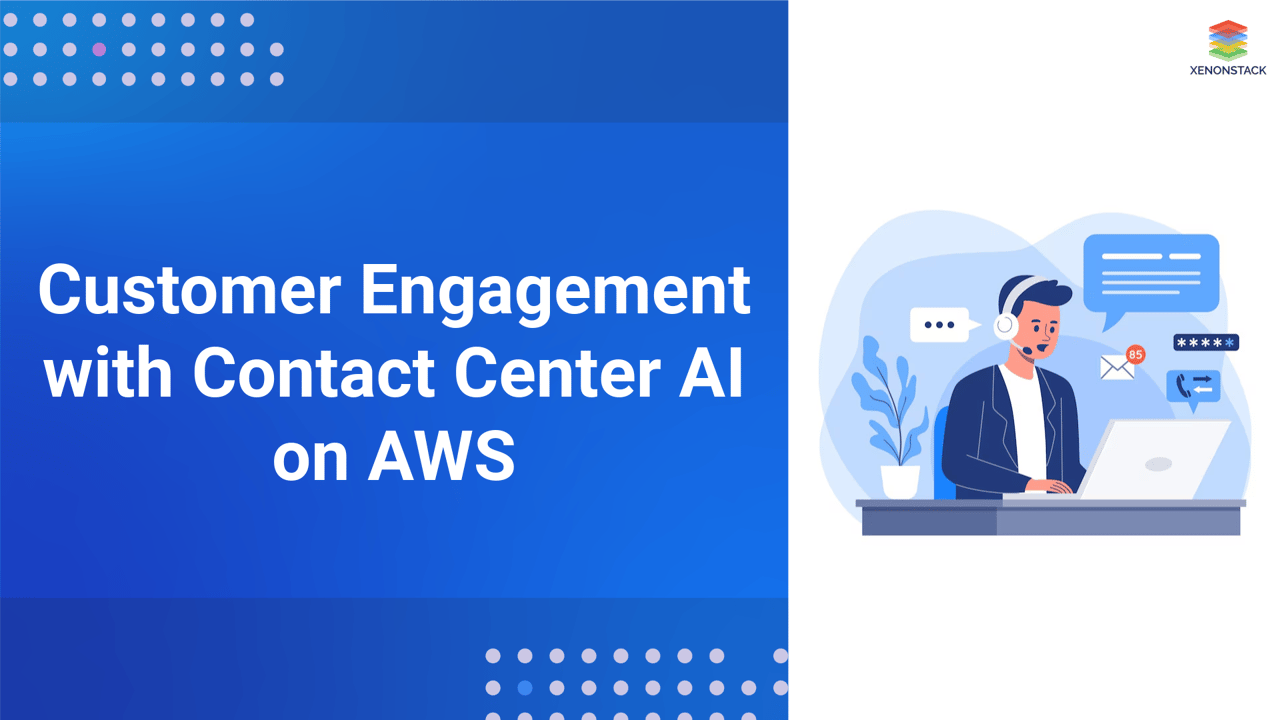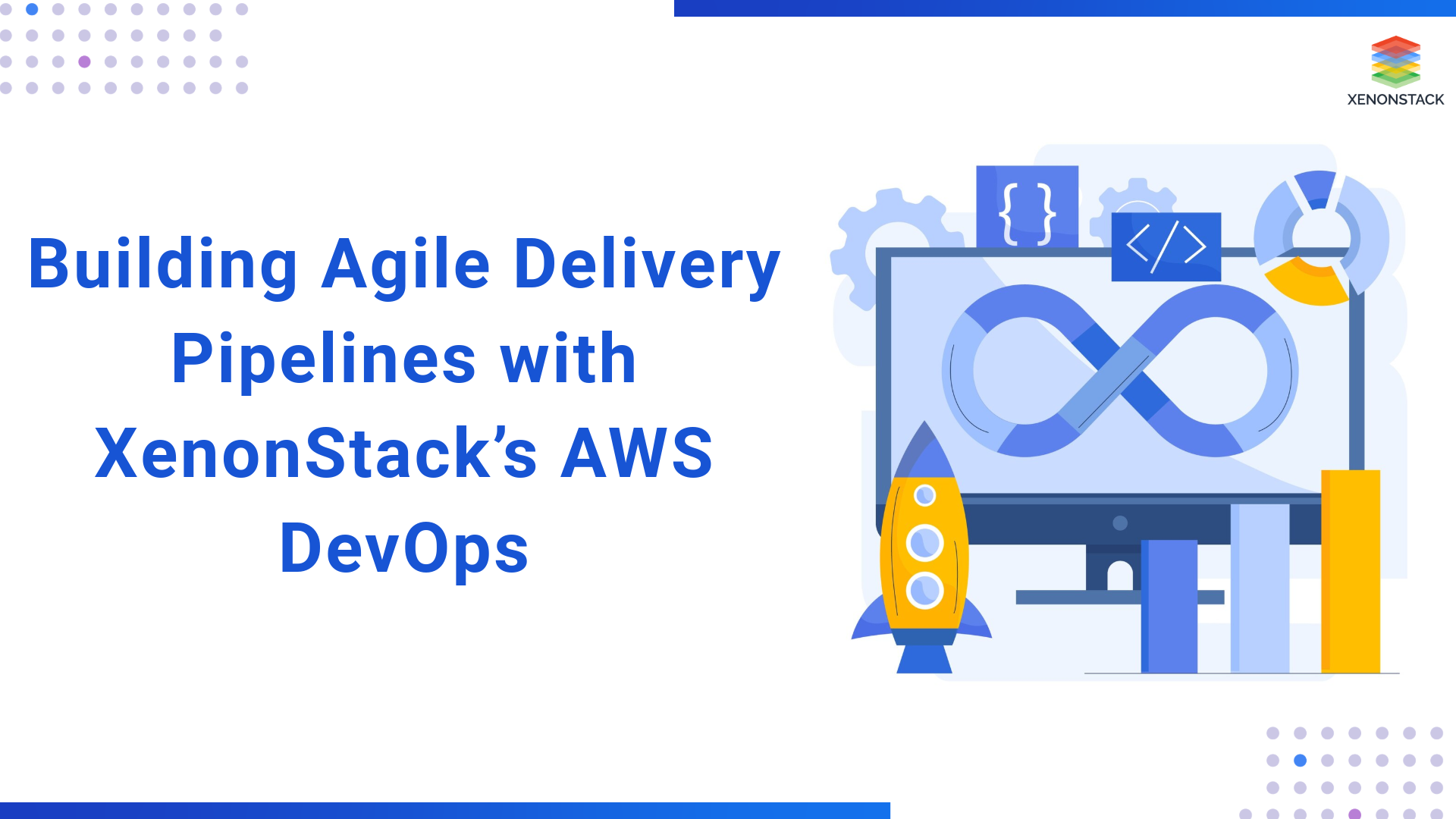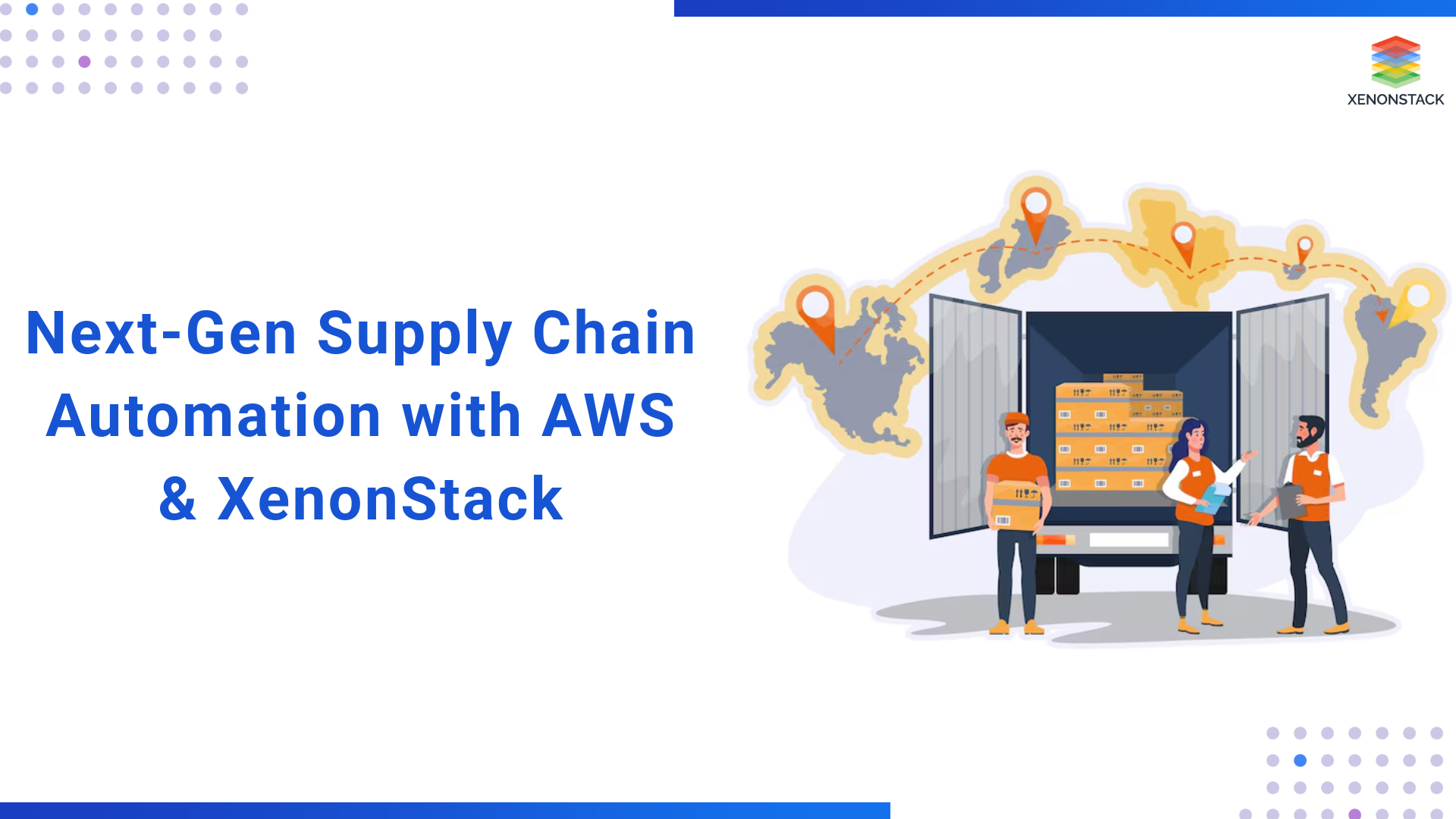
Executive Summary
A leading enterprise implemented an AI-powered contact center solution leveraging AWS Bedrock and Amazon Q to improve customer experience, reduce response times, and empower support agents. By integrating generative AI with Amazon Connect, the company achieved a 35% reduction in average call handling time, a 40% increase in customer satisfaction scores, and streamlined operations through intelligent automation.
Customer Challenge
Customer Information
- Customer: Confidential
- Industry: Retail/E-commerce
- Location: Global
- Company Size: 10,000+ employees
Business Challenges
The customer was experiencing a range of business problems centred around scalability, service quality, and customer satisfaction. High call volumes led to long wait times and customer frustration, while support agents struggled with inconsistent access to knowledge across disparate systems. The lack of a unified self-service solution significantly increased the load on live agents, contributing to longer resolution times and rising operational costs.
Technically, the existing contact centre relied on a legacy IVR system that lacked AI-driven capabilities. There was no mechanism for real-time transcript analysis, intent recognition, or sentiment tracking. Fragmented and siloed knowledge repositories made it difficult to surface relevant information quickly, further compounding the issue.
Technical Challenges
The customer’s legacy contact center architecture presented several technical hurdles that hindered their ability to deliver modern, scalable customer experiences. First, the absence of real-time transcription and natural language understanding made it impossible to analyze or respond intelligently to customer queries as they occurred. There was no support for multilingual voice and chat interactions, which was essential for their global operations.
The customer also struggled with integrating disparate systems—CRM, internal knowledge bases, ticketing systems, and analytics tools—leading to inconsistent access to critical data. These integration gaps increased complexity for support agents and prolonged resolution times. The infrastructure was not scalable, resulting in degraded performance during peak traffic events such as seasonal sales campaigns.
Security and compliance added another layer of complexity. The customer needed robust data protection mechanisms to meet stringent regulations like GDPR, HIPAA, and CCPA. Their legacy system lacked the flexibility to implement fine-grained access controls, data encryption, and centralized audit logging across all services.
Partner Solution
Solution Overview
The customer deployed a modern AI-powered contact centre leveraging AWS Bedrock and Amazon Q, integrated with Amazon Connect. Bedrock enabled access to foundational models like Claude and Titan for chat summarisation, intelligent query resolution, and natural conversations. Amazon Q assisted live agents by retrieving contextual answers from enterprise data sources. The architecture supported real-time transcription, sentiment analysis, and multilingual interactions.
AWS Services Used
-
Amazon Connect: Cloud contact centre platform
-
Amazon Lex: Conversational interface for IVR
-
Amazon Transcribe: Real-time speech-to-text
-
Amazon Comprehend: Sentiment and entity extraction
-
Amazon Bedrock: Generative AI with Claude/Titan
-
Amazon Q: Agent assist and document retrieval
-
Amazon Kendra: Enterprise search integration
-
AWS Lambda: Serverless orchestration
-
Amazon S3: Data storage for logs and transcripts
-
Amazon CloudWatch: Monitoring and logging
Architecture Diagram
 Implementation Details
Implementation Details
The implementation followed an Agile methodology, enabling iterative development, testing, and deployment across multiple regions. A cross-functional team of cloud architects, data scientists, developers, and security engineers worked collaboratively to ensure smooth execution.
The solution rollout began with a proof of concept focused on a single business unit to validate key use cases such as automated query resolution and real-time agent assistance. Once the success metrics were met, the implementation scaled incrementally across departments and regions. Legacy IVR components were replaced with Amazon Lex to support intent-based routing, while Amazon Connect provided the foundation for a flexible, omnichannel experience. Integration with CRMs and internal document repositories was achieved using AWS Lambda and Amazon Q. Kendra enabled semantic search within knowledge bases, improving agent response accuracy.
The entire implementation, from initial assessment to full deployment, spanned six months. Key milestones included:
-
Month 1: Discovery and architecture design
-
Months 2–3: POC development and validation
-
Months 4–5: Full-scale integration and deployment
-
Month 6: Optimization, training, and go-live
Innovation and Best Practices
The solution was built on the AWS Well-Architected Framework, emphasising security, operational excellence, performance efficiency, and cost optimisation. By leveraging Bedrock's model-agnostic architecture, the team quickly iterated between foundational models (Claude and Titan) to select the best-performing ones for conversational use cases.
Amazon Q introduced a unique layer of agent assistance capable of retrieving contextual answers in real time using semantic understanding. This significantly reduced agent lookup time and improved overall service accuracy. Amazon Kendra and Q were integrated using advanced embedding models to allow deep document indexing and relevance scoring.
Results and Benefits
Business Outcomes and Success Metrics
The deployment of the AI-powered contact center generated tangible business value across multiple dimensions. The company achieved an estimated 25% reduction in operational costs by automating tier-1 inquiries, optimizing staffing needs, and reducing call volumes. This resulted in over $3.5 million in annual savings. By empowering agents with AI-driven assistance and faster access to information, the business realized a 20% boost in agent productivity and a 35% reduction in average call handling time.
Customer satisfaction scores (CSAT) increased by 40%, attributed to faster resolutions, more consistent answers, and support for multiple languages. The implementation enabled a 50% increase in self-service interactions, leading to improved first-call resolution rates and lower support backlog. The contact center transformation also unlocked new revenue opportunities through upselling and cross-selling via contextual recommendations surfaced by AI. Moreover, the rapid deployment—completed within six months—demonstrated an agile response to market pressures and seasonal spikes.
Technical Benefits
The new architecture delivered measurable improvements in performance and technical agility. Average query response times dropped to under 500 milliseconds for most knowledge retrieval actions using Amazon Q, significantly reducing wait times and agent idle periods. Latency for voice-based interactions improved by 30% due to optimized routing and real-time transcript processing.
Scalability was enhanced through serverless compute (AWS Lambda), managed services (Amazon Connect, Bedrock), and automatic scaling capabilities. The system now supports dynamic workload bursts during seasonal peaks without impacting service quality. Uptime improved to 99.99% by leveraging AWS multi-AZ deployments and built-in fault tolerance.
Lessons Learned
Challenges Overcome
The project encountered several significant challenges, particularly in model alignment, data integration, and scalability. The generative AI models initially provided inconsistent responses due to domain-specific language and terminology. This was addressed by iteratively refining prompts, curating contextual training data, and applying structured prompt engineering strategies.
Integration was another major hurdle. The customer had multiple knowledge bases and CRM systems operating in silos, making it difficult to unify the agent experience. The team overcame this by designing middleware using AWS Lambda and Amazon QuickSight’s connectors to centralise content access while preserving data access controls.
Best Practices Identified
The project highlighted several best practices that significantly contributed to its success and can serve as a model for similar implementations. Beginning with a focused proof of concept (PoC) proved to be instrumental in validating use cases, identifying limitations, and setting realistic expectations for scaling the solution.
Iterative development under an Agile framework allowed for continuous feedback, enabling rapid improvements in both model accuracy and user experience. The team emphasised structured prompt engineering, continuous testing, and user-in-the-loop validation to optimise AI outputs.
Another key learning was the value of deploying Amazon Q in an agent-assist role before launching full customer-facing chat automation. This phased approach allowed better control over the user experience and provided rich interaction data to refine prompts and AI behaviours.
Future Plans
Following the successful deployment of the AI-powered contact center, the customer plans to expand automation capabilities across additional customer touchpoints, including social messaging platforms such as WhatsApp and Facebook Messenger. This multichannel expansion will be powered by Amazon Lex and integrated into the existing Amazon Connect framework.
Additional AWS services, including Amazon QuickSight, will be used to build advanced analytics dashboards to monitor agent performance, customer sentiment, and usage trends. The team also plans to experiment with Amazon Personalize to deliver dynamic, AI-driven product recommendations during support interactions.
Future optimization efforts will focus on prompt tuning, feedback loops, and model fine-tuning to increase response accuracy and reduce fallback rates. Integration with Salesforce and Jira is also scheduled to enhance agent workflows and streamline escalation paths. The customer is committed to an ongoing partnership with AWS to co-develop advanced features and participate in AI solution design sessions. Quarterly reviews and cloud innovation workshops will guide the solution's continued maturity and scalability.
Next Steps with Contact Centre
Talk to our experts about implementing compound AI system, How Industries and different departments use Agentic Workflows and Decision Intelligence to Become Decision Centric. Utilizes AI to automate and optimize IT support and operations, improving efficiency and responsiveness.
.webp?width=1921&height=622&name=usecase-banner%20(1).webp)



